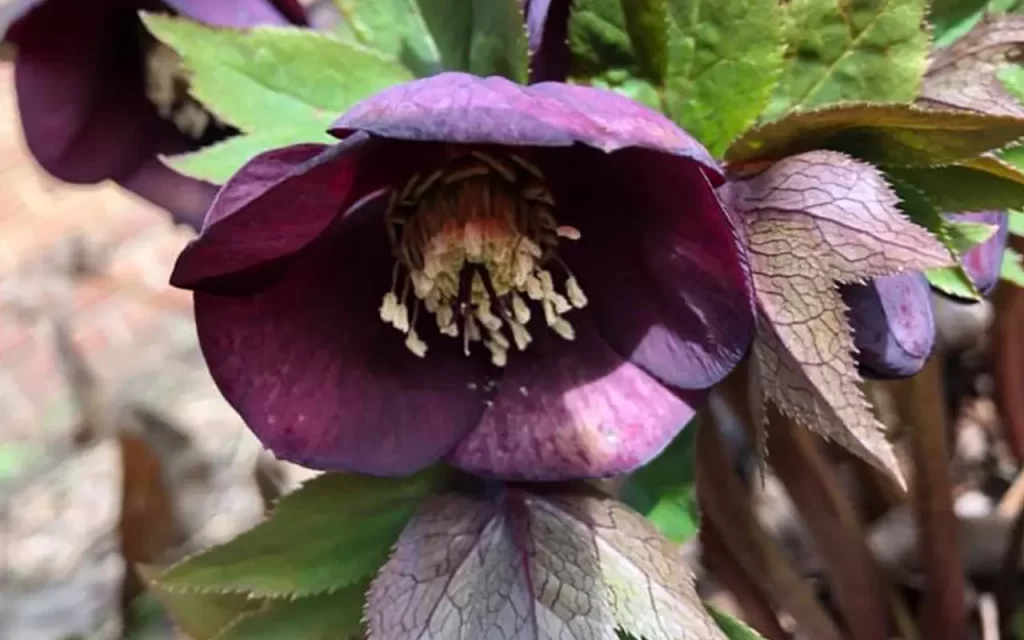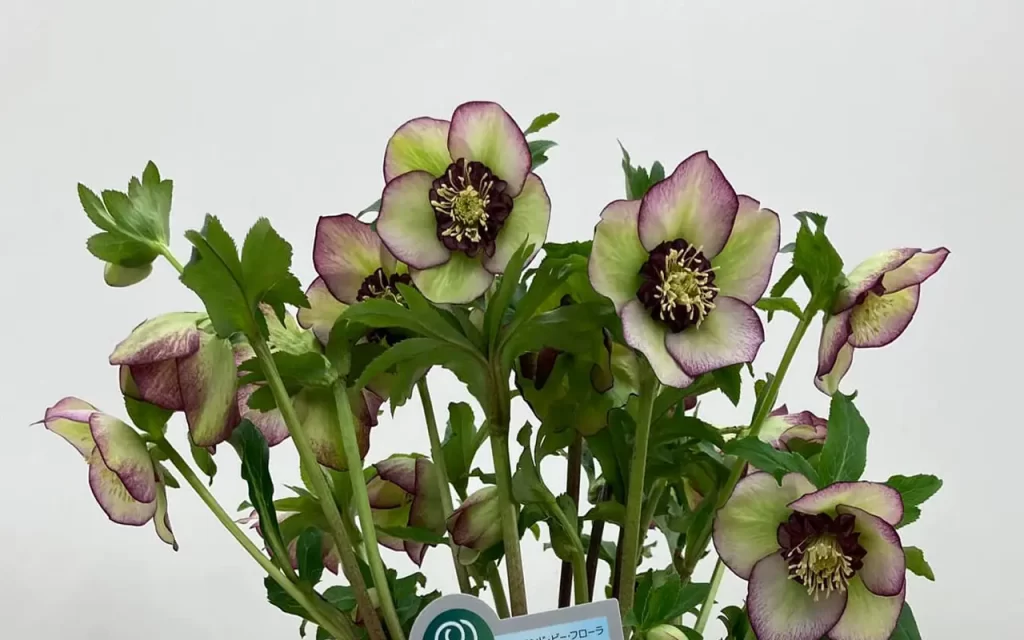Lenten roses, scientifically known as Helleborus orientalis, are beloved for their resilient beauty and winter blooms. With delicate yet durable flowers that emerge from late winter to early spring, these plants add an elegant charm to gardens when most other plants lie dormant. This comprehensive guide covers everything you need to know to cultivate, care for, and enjoy the enchanting Lenten rose.
What is the Lenten Rose?
The Lenten rose is not a true rose, despite its common name. Instead, it belongs to the Ranunculaceae family and is native to regions of southeastern Europe. Its petal-like sepals appear in colors ranging from white, pink, purple, to green and can last for up to eight weeks. These sepals protect the flower and lend the plant a long-lasting display of color that is both vibrant and subtle.
Why Choose Lenten Roses for Your Garden?
Lenten roses are ideal winter garden plants, offering a burst of color when other flowers are scarce. They are loved for their:
- Hardiness: Withstanding cold temperatures and surviving in USDA zones 4 through 9.
- Longevity: Individual plants can live for several decades.
- Ease of Care: Once established, they require minimal maintenance.
- Deer and Pest Resistance: Their thick, leathery leaves deter many pests, making them an excellent choice for wildlife-friendly gardens.
Ideal Growing Conditions for Lenten Roses

1. Sunlight Requirements
Lenten roses thrive in partial to full shade, making them perfect for woodland gardens or shaded borders. In hotter climates, like USDA zones 8 and 9, they appreciate morning sunlight and afternoon shade to prevent sunscald.
2. Soil Preferences
These plants prefer well-draining, humus-rich soil with a pH ranging from slightly acidic to neutral (6.5-7.0). Soil that is too dense or clay-like can lead to root rot, so if your soil is heavy, consider amending it with organic compost or planting in raised beds.
3. Temperature and Humidity
Lenten roses are highly tolerant of cold temperatures but may require extra protection in extremely hot or dry climates. Mulching around the base helps to retain moisture and moderate soil temperature.
Planting Lenten Roses: Step-by-Step
1. When to Plant
The best time to plant Lenten roses is in early fall or spring. Fall planting allows them to establish roots before winter, while spring planting offers gentle conditions for root development.
2. Preparing the Planting Site
- Choose a shaded area with good drainage.
- Create a hole that is twice the width and depth of the plant’s root ball.
- Amend the soil with compost or well-rotted manure to enhance nutrient availability.
3. Planting Steps
- Gently remove the plant from its container and loosen any bound roots.
- Place the plant in the hole, ensuring the crown (where stems meet roots) is level with the soil surface.
- Fill the hole with amended soil, pressing lightly to eliminate air pockets.
- Water thoroughly to help the roots settle in their new location.
Lenten Rose Care and Maintenance

1. Watering Needs
Lenten roses are drought-tolerant once established but benefit from consistent moisture during the growing season. Water thoroughly, letting the soil dry out a bit between each watering. In dry winter climates, occasional watering may be necessary to prevent dehydration.
2. Fertilization
Feed Lenten roses in early spring with a balanced, slow-release fertilizer or organic compost. Steer clear of high-nitrogen fertilizers, as they encourage leaf growth rather than blooming.
3. Pruning
Prune away any damaged or old foliage in late winter to reduce disease risk and encourage new growth. Removing dead leaves also enhances the plant’s appearance and allows the blooms to shine.
4. Mulching
A layer of organic mulch, such as bark or leaf mold, helps to maintain soil moisture and suppress weeds. Mulch should be applied around the base of the plant in early spring and replaced each fall.
5. Pest and Disease Management
Lenten roses are generally disease-resistant, but black spot and leaf spot may occur in overly damp or humid conditions. Avoid overhead watering and remove infected foliage to control these diseases. Slugs and snails can sometimes feed on the foliage, so using natural barriers or organic slug control methods can protect your plants.
Propagating Lenten Roses
1. Propagation by Division
The simplest way to propagate Lenten roses is by dividing mature plants:
- In early spring or fall, carefully dig around the plant and lift it from the soil.
- Gently pull the plant apart into sections, ensuring each division has a healthy crown and root system.
- Replant each division following the planting instructions above.
2. Propagation by Seed
Lenten roses can also be grown from seed, though it requires patience:
- Harvest seeds when ripe and sow immediately, as they have a limited viability period.
- Sow in containers with a well-draining seed mix and cover lightly with soil.
- Keep in a cool, shaded area, as seeds often require a cold stratification period to germinate.
- Seedlings may take two to three years to reach blooming size.
Seasonal Care Tips for Lenten Roses
Winter Care
In zones where winters are harsh, adding a layer of mulch or evergreen boughs around the plants can provide additional protection. While these plants are hardy, heavy snow or ice can damage foliage. In areas with snow, allow natural snow cover to act as insulation.
Spring Care
In early spring, as the ground begins to thaw, remove any protective winter mulch. Cut back damaged foliage and apply a fresh layer of mulch to support new growth.
Summer Care
Maintain consistent moisture levels, especially in dry spells, and monitor for signs of stress. In hot climates, ensure plants have sufficient shade and refrain from fertilizing as this can stimulate unnecessary growth during dormant periods.
Fall Preparation
Fall is an ideal time for dividing mature plants and adding a new layer of mulch. Clear away fallen leaves to prevent fungal diseases from overwintering.
Landscaping Ideas with Lenten Roses
Lenten roses are versatile and can be used in various garden styles:
- Woodland Gardens: Plant with other shade-loving perennials like ferns, hostas, and astilbes for a lush, forested appearance.
- Formal Borders: Combine with early spring bulbs like snowdrops and crocuses to create an appealing display.
- Ground Cover: Lenten roses spread over time, making them effective as ground cover in shaded areas.
- Container Planting: Plant in large containers that can be placed in shaded areas to add a winter touch to patios or entryways.
Conclusion
Lenten roses are a wonderful addition to any garden, providing winter color, easy care, and versatility in various landscapes. With proper planting and seasonal care, these resilient blooms will reward you year after year with their delicate beauty and hardy nature.



Hi, this is a comment.
To get started with moderating, editing, and deleting comments, please visit the Comments screen in the dashboard.
Commenter avatars come from Gravatar.